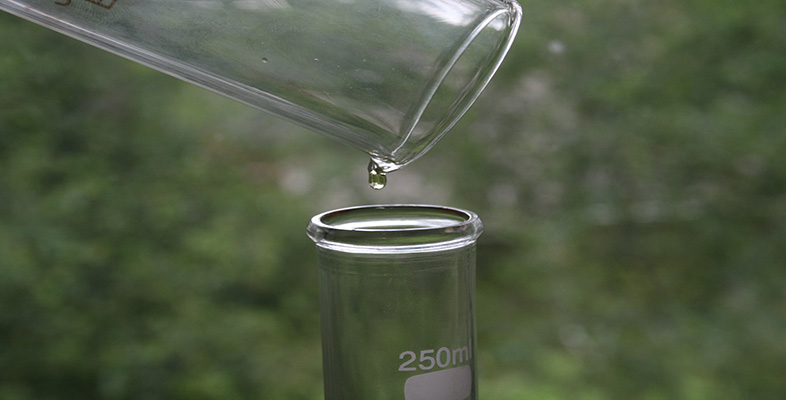5.2 Sludge disposal
What to do with the remaining sludge is more of a problem. Sludge is a nasty smelling, thick liquid, about 96% water, and sewage treatment plants have to dispose of vast quantities of it — a large plant will produce over a thousand tonnes each day. Before final disposal, sludge is sometimes held in closed tanks (Figure 18), where, in the absence of oxygen, anaerobic bacteria further decompose the organic material, producing a relatively inoffensive digested sludge. The anaerobic digestion process takes 20 to 30 days at a temperature of around 30 °C. The gases methane and carbon dioxide are produced, and the methane can be used as a fuel to heat the tanks or to generate electricity for the treatment works. There are three main methods of sludge disposal. A fourth option, dumping at sea, is no longer considered acceptable because of the environmental impact and has been banned in many parts of the world including the EU. The three options are:
Farmland: Sludge disposal on agricultural land is useful as a fertilizer and soil conditioner and it is a more convenient method of sludge disposal for sewage works that are not on the coast. Tankers are used to transport the large volumes of sludge to farms. The UK disposes of much of its sludge by this method.
Landfill: Not all sludge is suitable for farmland. For example, sludge containing toxic waste cannot be spread on fields. Instead it is dumped in natural or artificial depressions in the ground or in trenches, where it dries and decomposes slowly (and may cause unpleasant smells), and covered with a layer of soil.
Incineration: Sludge may be dried and incinerated, leaving an inert ash. This is often the most expensive option.
